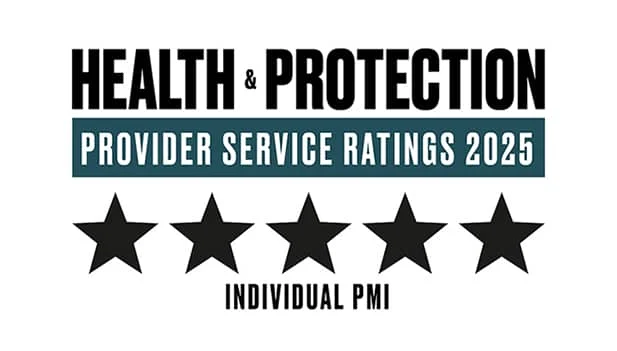It has never been more important to get wellbeing right. Research reveals that people reaching the point of burnout and work-related stress is a significant issue for the UK economy. An estimated £28 billion was lost last year due to poor mental health at work. Most of this cost is due to businesses losing circa 23 million working days because of stress, burnout, and general poor mental health.1
Societal issues are taking their toll, with record-breaking delays in the NHS and a cost-of-living crisis threatening the wellbeing of the nation.
Organisations are recognising the importance of wellbeing. It’s more than just a perk, it’s a business priority. Here are five simple ways to help your clients navigate the world of wellbeing:
1. Know their people
The first step for clients is to understand their people. Starting with the demographic of their employee base. What’s the makeup of gender, ethnicity, age, and life stage? With an ageing population, an organisation could have up to four generations in a workforce. That brings a broad set of needs when it comes to an inclusive health and wellbeing offering.
Beyond the demographic data, clients should be curious to understand what really matters to their people. The power of listening is a win-win: they gain valuable insight and employees feel heard and supported.
2: Set the strategy
Clients should set a clear ambition of what the organisation would like to achieve and when by. Existing data and employee insight can be mined and the current wellbeing services in place mapped. This approach will help clients identify any gaps.
Simplicity is key. A complex and jargon-filled strategy that just sits in the wellbeing function of an organisation won’t deliver.
At AXA Health we’re often asked by clients how to make the most of their wellbeing services. We advise clients that a successful wellbeing strategy lives and breathes in the organisation when everyone feels part of it.
Employee engagement is vital. Planning a calendar of engagement throughout the year will ensure consistent conversation around the support available. National awareness days are a great opportunity to link into, using bitesize content for time poor employees.
3: Enlist the experts
With a wealth of wellbeing propositions available in the market, it’s important for clients to appoint a trusted health and wellbeing partner.
A portfolio of services needs to be curated based on employee needs and budget, supporting both mental and physical wellbeing.
The traditional private medical insurance model has evolved. AXA Health have led the way introducing support with menopause pathways, long covid care and nutritional coaching for people with cancer. Whole of workforce solutions can be rolled out with the advances in digital healthcare combined with healthy lifestyle solutions like discounted gym membership.
4. Create the culture
A wellbeing strategy isn’t a tick box exercise, authenticity is essential. The strategy should be shaped to the organisation and its people.
Clients need to raise the wellbeing agenda, so it’s taken seriously. Taking meaningful metrics to the board and senior management will help gain buy in and drive cultural change.
A key senior figure gives kudos advocating for the support available. That personal relevance and human storytelling is important for removing barriers for adoption of services.
5. Measure what is treasured
Research shows that the financial return on investing in wellbeing could be between £130-370 billion per year. This is the equivalent of £4,000-£12,000 per UK employee.2 Reducing the costs of poor employee wellbeing and unlocking the benefits of positive employee wellbeing is a healthy return on investment.
At AXA Health we provide a wealth of data around the wellbeing services clients have in place. Preventative solutions in the portfolio like health assessments, can help detect the health risks in the organisation. Coupled with an understanding of the claims made, a picture can be painted of the overall health and wellbeing of the business. This informs where to target benefit spend and support.
Healthcare platforms and apps that are used as part of the services will provide further insight into what people are interested in with clicks, views, and open rates.
A holistic approach to measuring the value and return on investment will help your clients to protect their most treasured asset, their people.
Sources:
1 AXA UK and the Centre for Economics and Business Research 2023
2 Business in the Community (BITC) report, April 2023












